If you’re looking for a natural way to ease your period cramps Tea may be the answer. Tea has been used for centuries to treat a variety of health conditions.
It is an effective remedy for period cramps. The caffeine and theophylline in tea help to relieve pain and cramping. The antioxidants in tea help to reduce inflammation and soothe the uterus.
Tea is also a natural diuretic, which helps to reduce bloating. This article will explore the benefits of tea for period cramps.
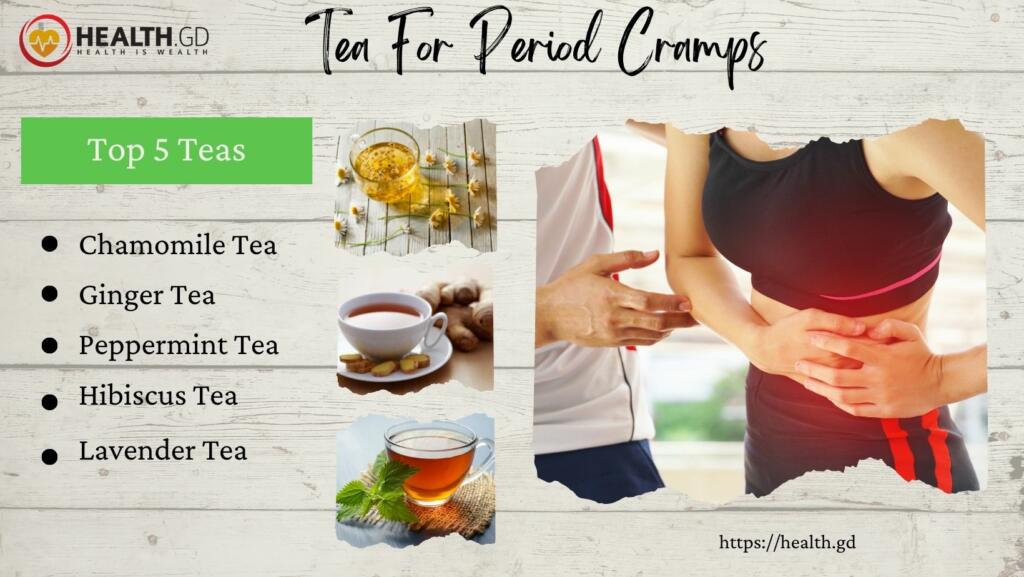
What Are Period Cramps?
Period cramps are pains in the lower abdomen that can occur during menstruation.
Each month muscular organ in the female pelvis grows thicker in preparation for a possible pregnancy.
If a pregnancy does not happen, the blood vessels located in the uterus can break and bleed when the uterus contracts during menstruation.
It causes the pain and cramping associated with menstruation.
The pain in period cramps is sharp and throbbing.
Each month during menstruation, the body releases the prostaglandins hormones, which are responsible for muscle contractions in the uterus that occur during menstruation.
Some women seem to produce more prostaglandins than others, and this may account for the fact that some women have more severe menstrual cramps than others.
The cramps may also be worse in women who have a history of pelvic inflammatory disease, endometriosis, or fibroids. You can experience additional symptoms in cramps such as nausea, vomiting, and diarrhea, which may last from a few minutes to a few days.
Types of Period Cramps:
Period cramps are also known as Dysmenorrhea. There are many different types of period cramps.
Primary Dysmenorrhea: This occurs when the muscles in the uterus contract firmly and rhythmically, and it can cause pain in the lower abdomen and pelvis.
Secondary Dysmenorrhea: Secondary Dysmenorrhea is a condition characterized by painful menstruation that is not related to any underlying uterus disorder. The pain is typically concentrated in the lower abdomen and may radiate to the back and thighs.
Tertiary Dysmenorrhea: – this is when the pain results from surgery or radiation therapy to the pelvic area.
Menstrual Cramps are cramps that are not related to periods but can occur at any time during a woman’s menstrual cycle.
What are the causes of Period Cramps?
The most common cause of period cramps is uterine contractions, and these contractions are the body’s way of expelling the menstrual blood and tissue from the uterus. Other causes of period cramps include:
Endometriosis: tissue that usually lines the inside of the uterus grows outside of the uterus.
Adenomyosis: tissue that usually lines the outside of the uterus grows into the muscular wall of the uterus.
Uterine fibroids: These are non-cancerous tumors that grow in the uterus.
Pelvic inflammatory disease: This causes due to an infection in the uterus.
What are the treatments for Period Cramps?
There are many treatments for period cramps. Some people find that over-the-counter pain medications, such as ibuprofen or naproxen help relieve their cramps.
Others find that heat or ice packs or relaxation techniques help to ease their discomfort.
Some women need to eat a balanced diet with plenty of fruits and vegetables to help reduce their cramps, while others find that avoiding certain foods (such as caffeine or artificial sweeteners) helps.
Some women need to exercise regularly to reduce their cramps, while others find that resting during their period is the best way to feel better.
Tea for period cramps:
There’s nothing like a hot cup of tea to soothe your soul and body. Tea has been shown to help with issues, from headaches to period cramps.
One of the active ingredients in tea is caffeine, which is a natural pain reliever. Caffeine helps block the release of certain chemicals in the body that contribute to pain.
Additionally, tea is an excellent source of antioxidants, which help reduce inflammation, and it can help relieve the pain and cramping associated with periods.
Which tea is helpful for period cramps?
Many different types of tea can help relieve period cramps, and we will discuss them below.
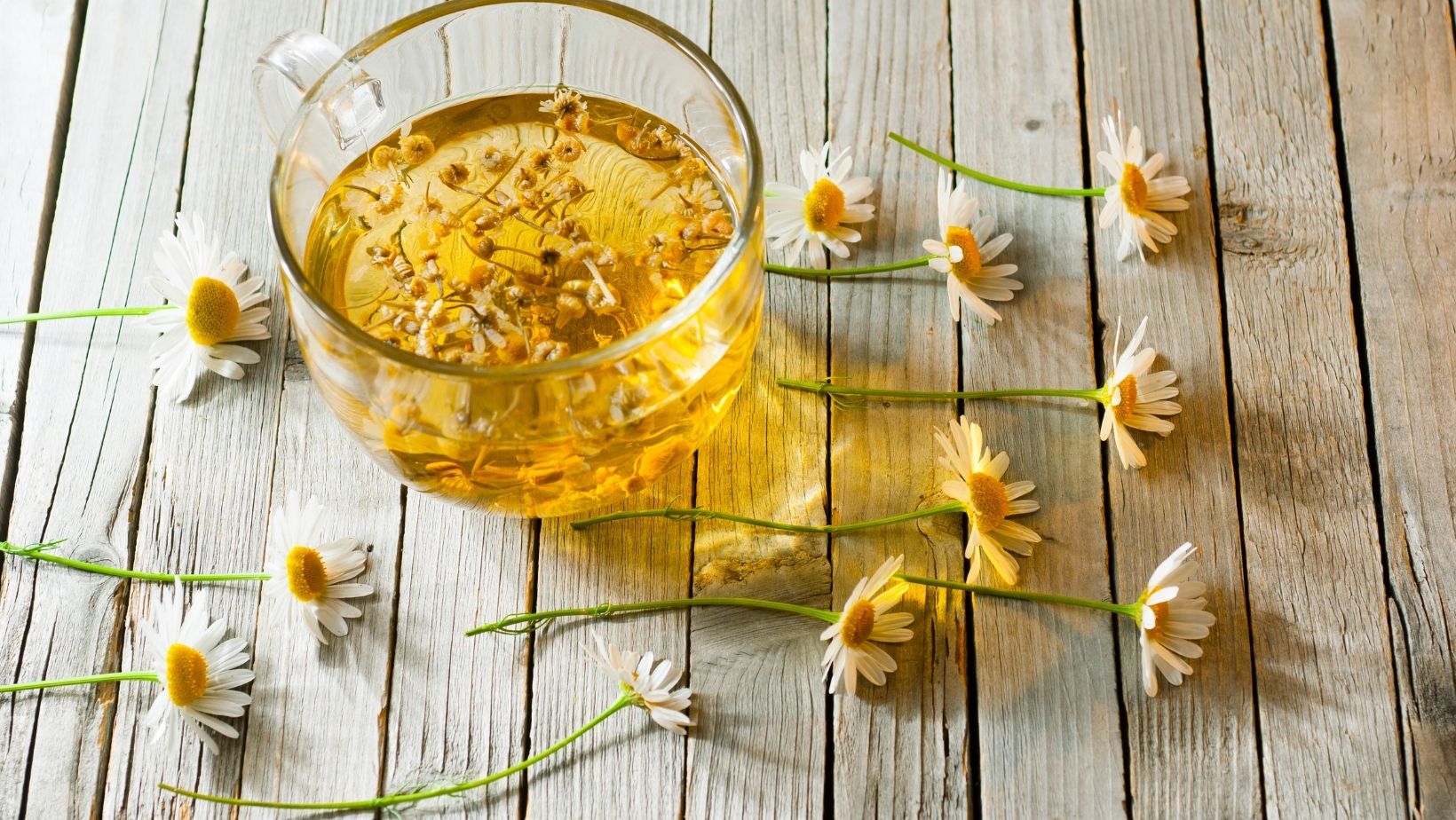
1. Chamomile Tea for Period Cramps
A study published in the Journal of Alternative and Complementary Medicine in 2007 found that chamomile tea effectively reduced menstrual cramps. The study participants who drank chamomile tea reported a significant decrease in pain intensity and decreased the number of days with cramps.
Chamomile tea has a long history of being used as a folk remedy for various ailments. One of the most common applications of chamomile tea is to relieve menstrual cramps. Chamomile tea is thought to work as a natural pain reliever and help soothe the uterus.
2. Ginger Tea for Period Cramps:
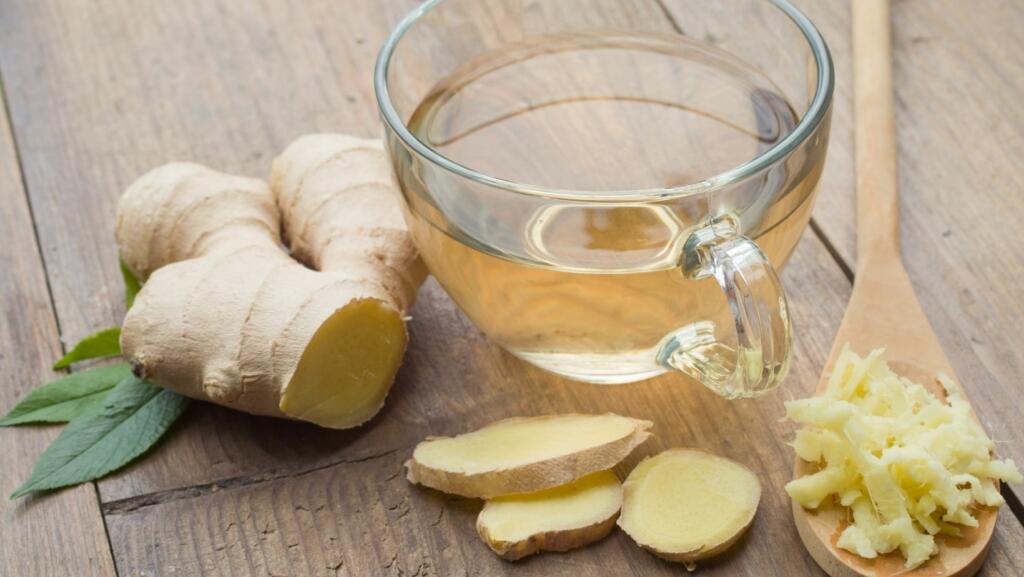
Ginger is effective at reducing inflammation. When you have your period, your body goes through an inflammatory process. By drinking ginger tea, you can reduce the inflammation and thus reduce the severity of your cramps.
Ginger tea is also a natural analgesic. It means that it can help block pain signals from your brain, which can help reduce the pain that you feel from your cramps.
Finally, ginger tea is a stimulant, which means that it can help to improve your circulation. When your blood circulation is improved, it can help to reduce the amount.
3. Peppermint Tea for Period Cramps:
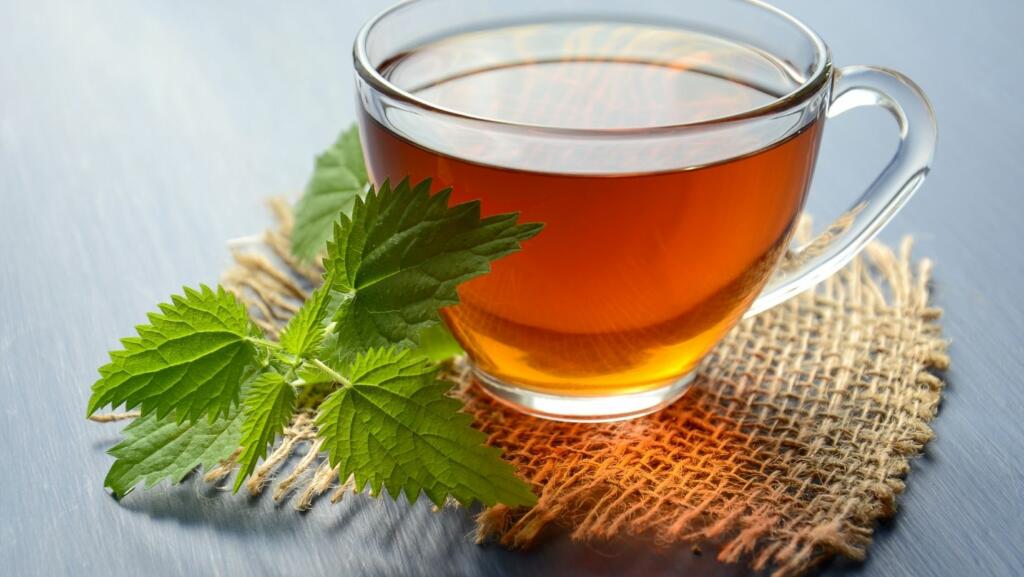
Peppermint tea is thought to help with period cramps because it contains menthol, a natural pain reliever. It’s also a relaxant, so it may help to ease muscle tension and discomfort. Plus, it’s a soothing drink that can help to calm your mind and relieve stress. If you’re looking for a way to help ease your period cramps, peppermint tea may be a good option.
4. Hibiscus Tea for Period Cramps:
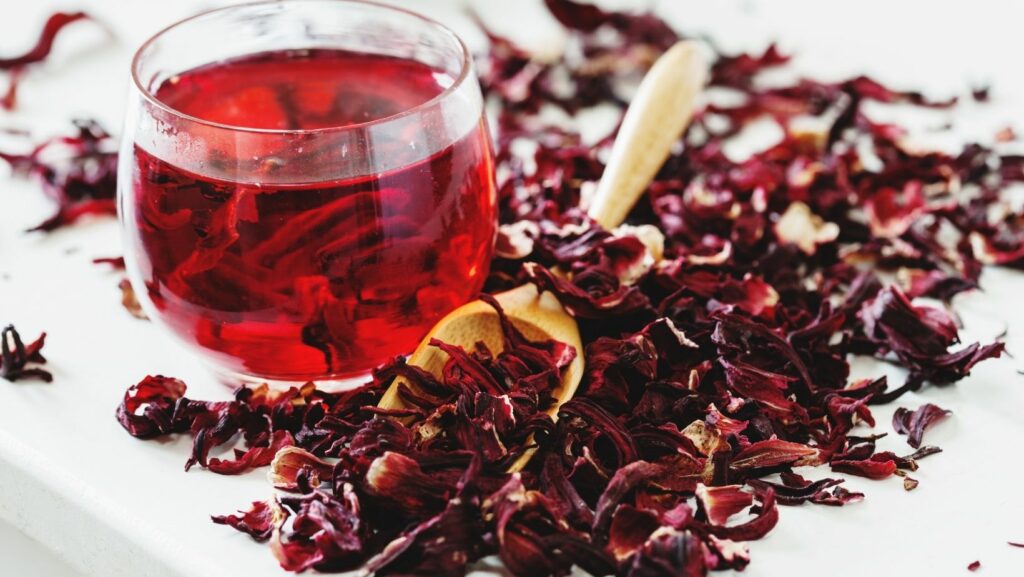
The hibiscus flower is dried and used to make hibiscus tea. It is a reddish-purple color and has a tart, cranberry-like flavor. Hibiscus tea has traditionally been used to relieve menstrual cramps. A 2006 study published in the Journal of Ethnopharmacology found that hibiscus tea significantly reduced pain intensity and duration in women with menstrual cramps. Hibiscus tea is a natural source of antioxidants and has been used for centuries to treat various ailments. The researchers believe that the anti-inflammatory properties of hibiscus tea may be responsible for its pain-relieving effects.
5. Lavender Tea for Period Cramps:
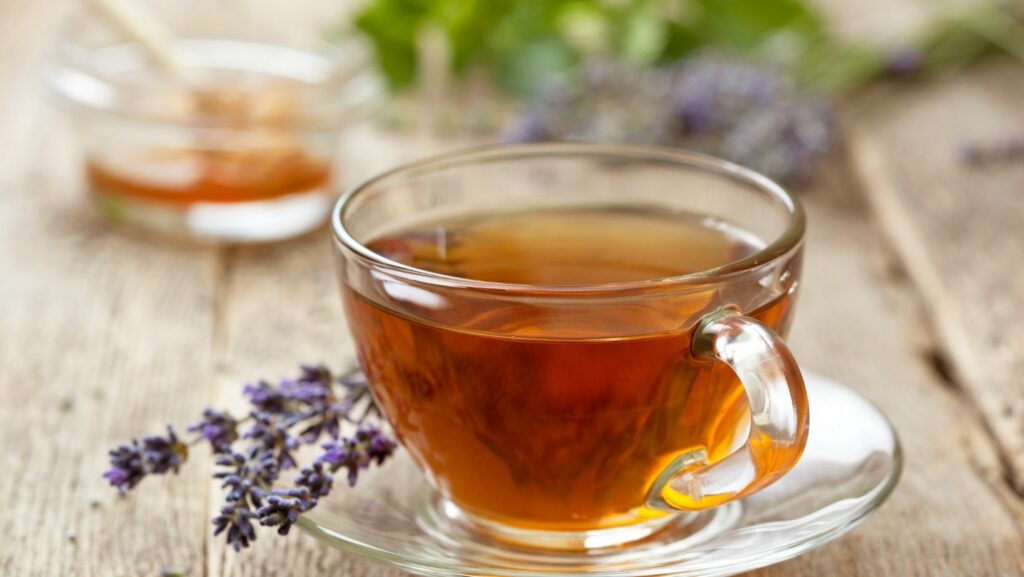
Drinking lavender tea can be a great way to help relieve period cramps. The lavender tea helps to relax the muscles and can help to ease the pain. It is an excellent natural remedy, and it tastes great too!
Which tea is best for period cramps?
There is no definitive answer to this question, as different teas work differently for other people. However, some teas often recommended for relieving menstrual cramps include ginger tea, chamomile tea, and lavender tea.
Ginger tea is thought to relieve period cramps because of its anti-inflammatory properties effectively.
Chamomile tea is a relaxant and is thought to help relieve tension and stress, contributing to period cramps.
Lavender tea is also a relaxant and can help soothe the muscles in the uterus.
Tea for Period Cramps – Video
Conclusion:
Drinking tea for cramps is a safe and inexpensive way to relieve some symptoms potentially. If you are looking for a natural way to alleviate your cramps, tea may be a good option.
Additionally, drinking plenty of fluids during your period is always a good idea, as it can help prevent constipation and other menstrual health problems.
Finally, if you have severe cramps that are not relieved by any of the measures listed above, you should speak to your doctor.








